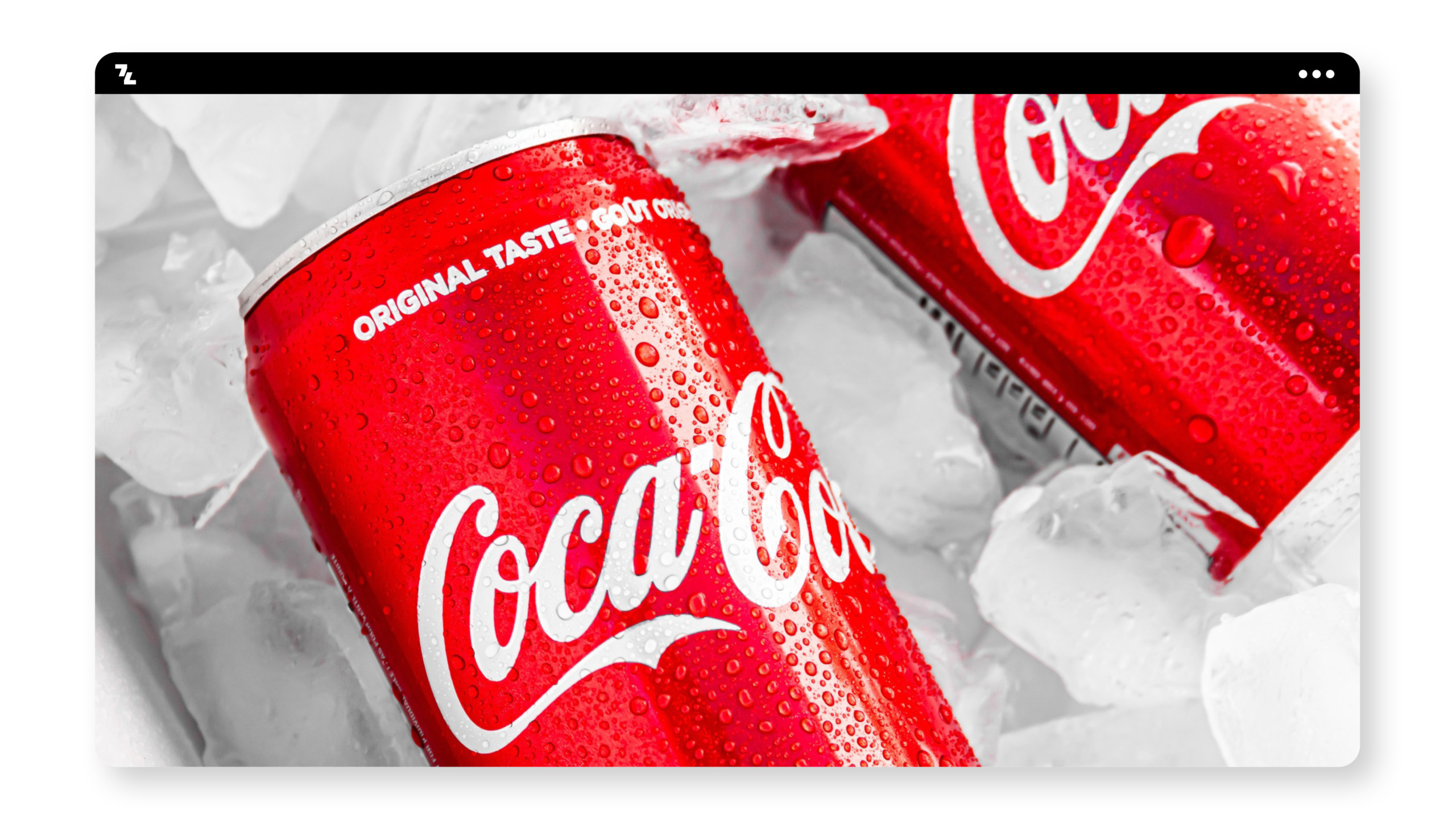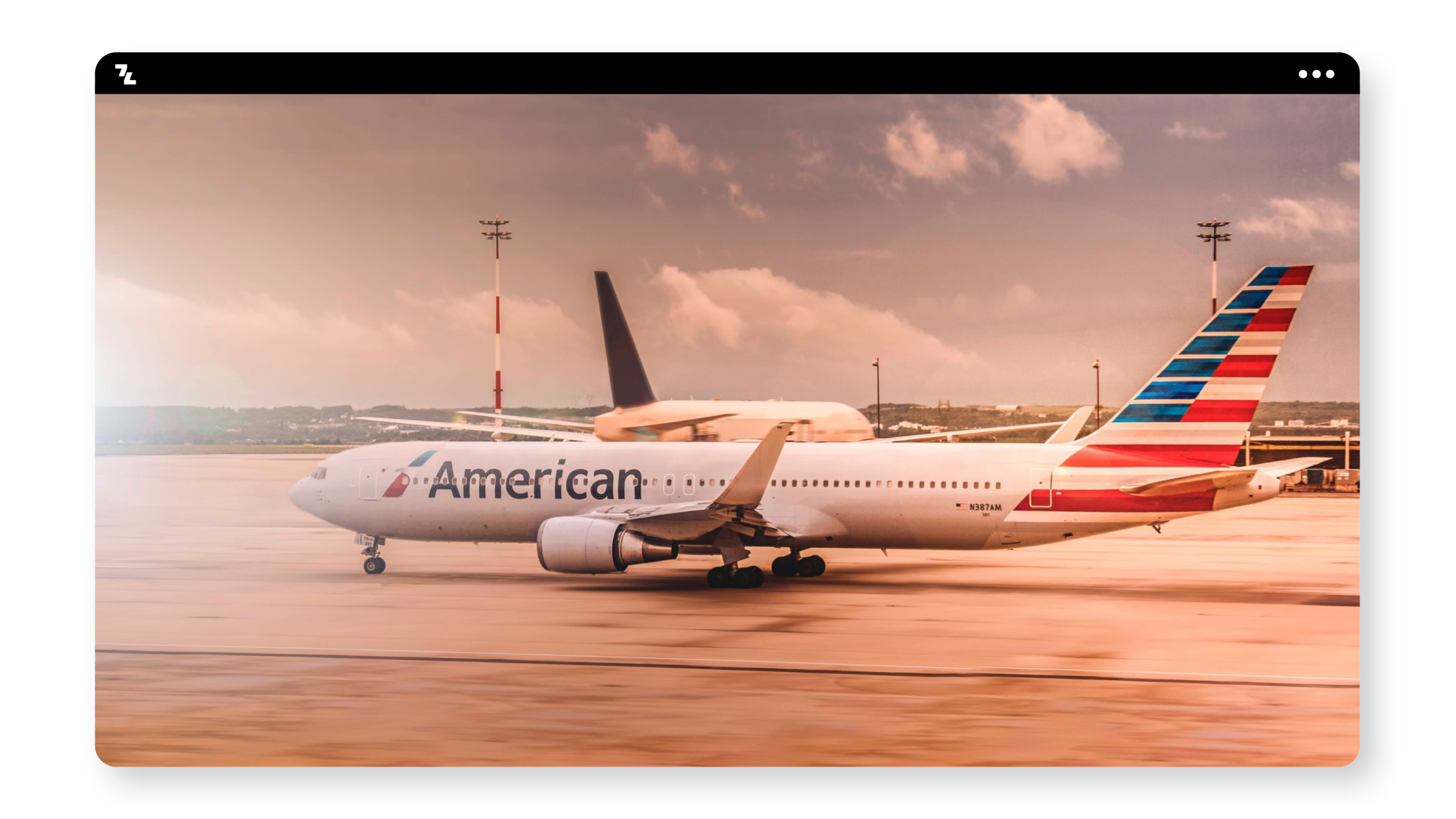Finding the right brand name is often not that easy, but of crucial importance when building a strong brand.
In this article, we highlight the most important aspects regarding the topic of brand name. Among them, the definition, the main features of a brand name, how to find, check and protect it.
Definition
A brand name is a word or phrase that identifies a particular product, service or company. It is an important part of a brand’s identity and is used to distinguish it from its competitors in the marketplace. A brand name can be a company’s own name or a unique and distinctive term created specifically for a product or service. A strong brand name can help increase brand recognition, strengthen customer loyalty and create a positive association with the brand.
Features
A good brand name should be memorable, unique and easy to pronounce. It should also convey the brand’s message and values and be relevant to the product or service being offered. A strong brand name should be able to stand out from a crowded market and evoke positive emotions among consumers. It should also be adaptable and scalable so that it can grow and evolve with the brand over time. Ultimately, a good brand name should inspire trust, loyalty and confidence in consumers.
You are currently viewing a placeholder content from YouTube. To access the actual content, click the button below. Please note that doing so will share data with third-party providers.
More InformationTypes of brand names
There are different types of brand names that companies can use to identify their products or services. Each type of brand name has its own strengths and weaknesses, and companies often choose a name that best fits their brand strategy and business goals.
Descriptive
Descriptive brand names are brand names that describe the product or service offered. These names are simple and give consumers a clear idea of what to expect from the brand. Examples of descriptive brand names include General Electric, Burger King, and Federal Express.
Descriptive brand names are often used by companies trying to establish themselves in a new market or industry. By choosing a name that makes it clear what the company does, they can quickly communicate their value proposition to potential customers. However, descriptive brand names can also be limiting and may not allow for flexibility or innovation in the future. Because descriptive brand names are often generic, they are difficult to protect legally and can be easily imitated by competitors.
Suggestive
Suggestive brand names are brand names that suggest a particular benefit, feature or characteristic of the product or service offered. These names are more creative and abstract than descriptive brand names and aim to evoke an emotional response or connection from the consumer. Examples of suggestive brand names include Netflix, PayPal, and Instagram.
Suggestive brand names can be more memorable and effective than descriptive brand names because they create a unique identity and personality for the brand. They also offer more flexibility and creativity in branding and marketing. However, suggestive brand names may not be immediately understood by consumers and require additional marketing and promotional efforts to increase brand awareness. In addition, because suggestive brand names are more unique and creative, they can be more difficult to create and may require more resources and effort to develop.

Abstract
Abstract brand names are brand names that are completely fictitious and have no inherent meaning. They are often created by combining different words or parts of words to form a unique and memorable name. Examples of abstract brand names include Google, Kodak, and Exxon.
Abstract brand names are distinctive and allow for more creativity and flexibility in branding and marketing. They are also easier to trademark because they are not generic or descriptive. However, abstract brand names may require more effort and resources to build brand recognition and awareness because they do not contain information about the product or service offered. In addition, abstract brand names may not be well received by consumers, who prefer simpler and more descriptive names.
Acronym
Acronymic brand names are brand names formed from the initial letters of a longer name or phrase. These initial letters are then used as an abbreviation for the brand. Examples of abbreviated brand names include IBM (International Business Machines), CNN (Cable News Network), and NASA (National Aeronautics and Space Administration).
Acronymic brand names can be simple, memorable and easy to pronounce, making them popular with companies looking to build a strong brand identity. They can also be versatile and flexible, allowing for a variety of different marketing and branding strategies. However, acronymic brand names are not immediately understood by consumers who do not know the longer name or phrase from which they are derived. In addition, some acronymic brand names may become obsolete or irrelevant over time as the company’s focus or mission changes.
Alliteration
Alliteration Brand names are brand names that use repeated consonant sounds, usually at the beginning of words, to create a memorable and distinctive name. Examples of alliterative brand names include Best Buy, Coca-Cola, and Dunkin’ Donuts.
Brand names with alliteration are memorable and catchy, making them an effective way to increase brand recognition and awareness. They also have a natural rhythm and flow that flatters the ear and increases attention. However, brand names with alliteration can limit the number of words and sounds that can be used and do not allow for flexibility in branding and marketing efforts. Furthermore, if the repetitive sounds are not used effectively or if they are too prominent, the brand name can come across as cheesy or unprofessional.

Founder
Founder names are brand names that use the name of the company founder or founders as the brand name. Examples of founder-related brand names include Ford, McDonald’s, and Johnson & Johnson.
Brand names named after the founder have a personal and authentic feel, as they are often associated with the vision and values of the company’s founder(s). They can also provide a sense of continuity and tradition, as the name remains the same even as the company evolves and changes over time. However, brand names named after the founder can be limiting if the company wants to expand into new markets or if the founder’s name is difficult to pronounce or spell. In addition, damaging the founder’s reputation or legacy can have a negative impact on brand image and perception.
Geographic
Geographic brand names are brand names that refer to a specific place or region. These names may include the name of a city, state, or country, or they may include geographic features such as mountains or rivers. Examples of geographical brand names are American Airlines, Swiss Army, FujiFilm, Dubai Setup or dubai real estate.

Geographic brand names can convey a sense of place and brand identity. They can also convey a sense of quality or authenticity, as the brand becomes associated with a particular place or region known for its expertise or resources. However, geographic brand names can also be limiting if the company wants to expand into new markets outside the associated region. If the place or region associated with the brand has negative connotations or is associated with controversy, this can have a negative impact on brand image and perception.
In 7 steps to the brand name
Finding a good brand name can be a difficult but important process. Remember that finding a good brand name is only the first step in building a successful brand. The name should be supported by a strong brand strategy and effective branding and marketing efforts.
Here are some steps that can help you find a good brand name:
Identify your brand’s unique value proposition and your target audience
A good brand name should match your brand’s unique value proposition and appeal to your target audience.
Brainstorm a list of possible names
Start by creating a list of possible names, including descriptive, suggestive, and abstract options. Use a thesaurus or brainstorm with a group to gather a wide range of ideas.
- Carry out a trademark search
Before you decide on a name, carry out a trademark search to ensure that the name is not already in use and can be legally protected. - Test the name with your target audience
Get feedback on your potential names from your target audience to find out which names resonate best with them. - Consider domain name and social media handle availability Check if the domain name and social media handles for your chosen name are available and can be secured.
- Assess the suitability of the name for branding and marketing
Think about how the name should be presented visually and how it will sound in advertising and marketing materials.
Check
To check a potential brand name, there are numerous portals that you can use yourself. These include, at the European level, the following:
- https://www.patentamt.at/
- https://www.dpma.de/
- https://euipo.europa.eu/ohimportal/de/search-availability
Furthermore, it is also possible to have names checked and protected via a jursite.
Shooters
The following are the most important steps to successfully protect a trademark.
- Conduct a trademark search: Before you apply for trademark registration, you should conduct a trademark search to ensure that your brand name is not already in use and can be legally protected.
- Register your trademark: To protect your brand name, you should register it as a trademark with the European Union Intellectual Property Office (EUIPO). This gives you the exclusive right to use your brand name in the European Union.
- Enforce your trademark rights: Once your trademark is registered, you should monitor and enforce your trademark rights to prevent others from using your brand name without permission.
- Consider additional protections: In addition to registering a trademark, you should consider other forms of protection, such as copyright or design protection, to protect the visual elements of your brand.
- Work with an experienced IP attorney: To ensure your brand name is fully protected in Europe, it’s a good idea to work with an experienced IP attorney who can guide you through the registration and enforcement process.
Remember that protecting your brand name is an ongoing process. You should monitor your trademark regularly and take action against any infringement or unauthorized use.
Summary
In summary, it can be said that the brand name is an extremely important brand element and should be well considered. Because a good brand name can be crucial to the success and growth of a brand.
There are different types of brand names, all of which offer advantages and disadvantages. These must be weighed accordingly and compared with each other. Ultimately, however, the brand name should be unique, easy to pronounce or write, and appropriately memorable.





